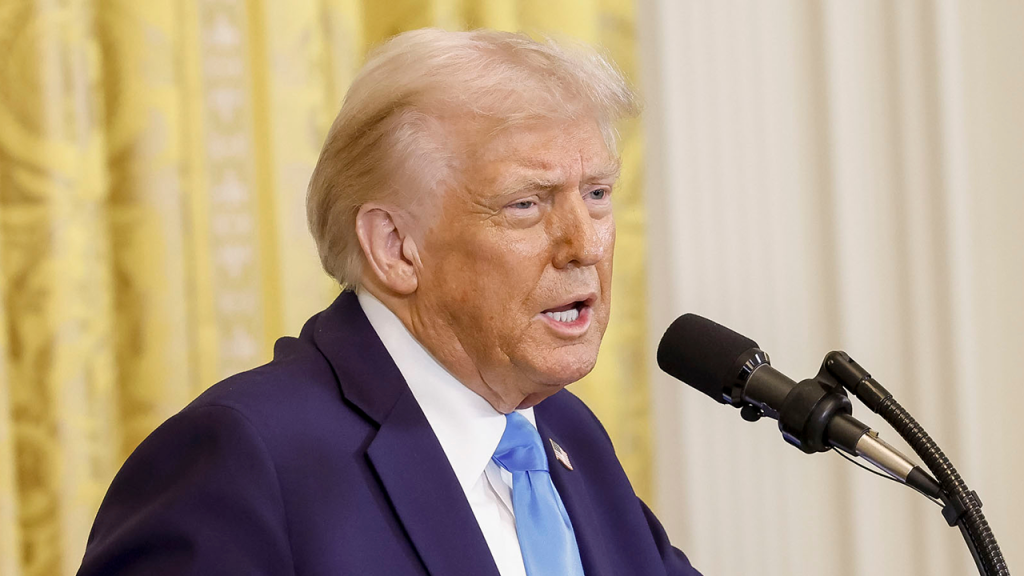President Donald Trump’s declaration during a 2024 White House press conference, alongside Israeli Prime Minister Benjamin Netanyahu, to “take over the Gaza Strip,” level it, and rebuild it under U.S. ownership, sent shockwaves through the international community. Trump’s vision involved a radical departure from previous approaches to the conflict-ridden territory, eschewing the cyclical pattern of rebuilding only to see renewed conflict. He envisioned the U.S. taking “long-term ownership” of Gaza, dismantling existing weaponry, leveling the damaged infrastructure, and spearheading an economic development project that would generate employment and housing opportunities for the residents. Trump believed this approach would bring “great stability” to the Middle East, a view he claimed was shared by everyone he had consulted. He framed the proposal as a move away from the “death and destruction” that had characterized Gaza for decades, and argued against a rebuilding process led by those who had been involved in the ongoing conflict.
Trump’s pronouncements were made during Netanyahu’s first official visit to the White House after Trump’s return to the presidency. The meeting underscored the close relationship between the two leaders and their shared hardline stance on Middle Eastern security issues. The agenda included discussions on the then-current ceasefire between Israel and Hamas, Iran’s regional influence, and the potential resettlement of Gazans in other countries. Trump emphasized his commitment to eliminating Hamas and restoring peace to the region, criticizing the developments of the preceding four years. He saw the Gaza Strip as a symbol of prolonged suffering and advocated for a transformative solution that broke with the past.
Netanyahu, while not explicitly endorsing the U.S. takeover of Gaza, praised Trump’s “outside-the-box” thinking and willingness to challenge conventional wisdom. He echoed Trump’s sentiment about breaking the cycle of conflict and achieving lasting peace. He framed Israel’s security as intertwined with American interests, asserting that an Israeli victory would also be an American victory. He expressed confidence that, with Trump’s leadership, they could achieve a “brilliant future” for the region and strengthen the U.S.-Israel alliance. Netanyahu’s three primary goals included ensuring Gaza never again posed a threat to Israel, a goal Trump’s proposal seemingly addressed.
Trump’s proposal generated significant controversy and raised numerous questions. The international legal implications of a unilateral U.S. takeover of Gaza were unclear, as were the logistical challenges of such an undertaking. The plan lacked specifics on how the U.S. would manage the territory, address the humanitarian needs of the Gazan population, and navigate the complex political landscape. Palestinian reactions were predictably negative, with many viewing it as a violation of their right to self-determination. The proposal also raised concerns about the potential for further instability and violence in the region if implemented without broad international support.
The international community largely reacted with skepticism and concern to Trump’s proposal. Critics questioned the legality and feasibility of a U.S. takeover of Gaza, expressing doubts about its potential to achieve lasting peace. Some viewed it as a dangerous escalation that could further inflame tensions in the region. Others saw it as a politically motivated maneuver designed to appeal to Trump’s base rather than a serious policy proposal. The lack of detail and consultation with key stakeholders, including the Palestinians themselves, further fueled skepticism about the plan’s viability.
Despite the widespread criticism, Trump remained steadfast in his belief that his approach was the only way to resolve the long-standing conflict in Gaza. He argued that traditional methods had repeatedly failed and that a radical change was needed. He portrayed himself as a decisive leader willing to take bold action where others had faltered. However, the lack of concrete details and the absence of international support made it highly unlikely that his vision for Gaza would ever come to fruition. The proposal ultimately served as a stark reminder of the deep divisions and intractable challenges that continue to plague the Middle East.

